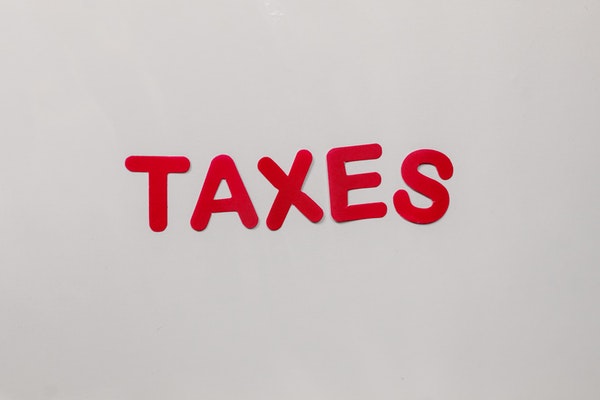
Year–End Tax Moves to Make Before 2018
Make Charitable Donations
A charitable donation is not only a way to show your altruism and contribute to society. This kind gesture can also help the giver to get tax benefits and lower their tax bills. Any contribution is tax deductible the year it was made, so the last month of the year is a great time for charitable donations. And, it aligns perfectly with the holiday season and the spirit of giving.
Remember to follow the rules distributed by the IRS to qualify for charitable contribution deductions. Itemizing your deductions is necessary to receive a tax deduction for charitable giving. Choose qualified organizations that have a letter from the IRS as only donations to such organizations are deductible. Be ready to substantiate your donations and show the receipts. The donations must be done in cash/credit before the end of the tax year. If your donation is not in cash, like clothing or goods, it is necessary to determine the market value of property first.
There are limits on charitable donations: your income could be deducted up to 50% in case of public charities and private operating foundations. A 30% limit could be applied to the foundations that are private. If you’re unsure about your options, consider getting some professional financial advice to help make an informed decision.
Save on Losing Investments
No one likes losing money on investments. However, it becomes less disappointing if you can get tax benefits due to selling stocks that lost value. This process is called tax-loss harvesting or tax-loss selling. It became a popular smart move to lower the taxes at the end of the year. According to the IRS, a taxpayer may offset the capital gains because of selling investments that became less valuable. If the loss is over a limit of 3,000 dollars, it could be carried over to the next year. This is one of many year-end tax moves to jump on before the year ends!
Make an Additional Mortgage Payment
There are usually twelve scheduled mortgage payments per year. You may save on writing off the interest paid in the calendar year making a thirteenth payment. If you manage to make twelve mortgage payments by late December, it is possible to make an extra payment for January. Thus, you will be able to deduct the amount worth thirteen payments.
Keep in mind the new proposed tax reforms, as they may change whether or not you can make an additional mortgage payment for tax-deductions. The details of the tax reform are not final yet, but this year-end tax trick may not be useful next year. So, make this year-end tax move while you still can! Try using this mortgage payment calculator to see if your budget can swing year-end tax moves like this one.
Postpone Your Income
Taxes for your income are paid the year you received it. Deferring your salary and a year-end bonus to the beginning of the next year will postpone the tax payment. It is especially relevant considering the tax reform that is on the table for 2018. As taxes are unlikely to rise in the next year, this move is risk-free. You could easily implement this year-end tax move, especially if you are self-employed. Postponing salary for your employees could be challenging, but you could consider doing it at least for the year-end bonus. Money management is key to ensure this tactic works for you. The same strategy can also be applied to capital gains. Take them in 2018 instead of 2017 to be able to pay the taxes next year.
Boost Your Contributions to Retirement Accounts
Making 401(k) contributions is a great way to reduce your adjusted gross income. These contributions are tax-free and can help you to save a significant amount of money. For example, if your income is $50,000, you may contribute $10,000 to your 401(k) and your adjusted gross income will only be forty thousand. In 2017, it’s possible to defer up to $18,000 into your 401(k). If you are fifty or older, you can make an additional contribution of $6,000. These limits do not include your employer’s contribution to your 401(k). Most people are very unlikely to pay such huge amounts to their retirement, but this year-end tax move can save you quite a lot of money if everything is done before the next year.
Last month of the year is a high time for some tax moves that can lower your tax bills and help to save money. All the tricks above could improve your finances if they are done at the right time. Be sure to take advantage of the possibilities the end of the year gives you.
Author Bio: Ann Mosley is Finance Enthusiast who regularly writes for Personal Money Service blog. She enjoys learning new money management tendencies and eagerly shares her ideas with other specialists and her readers.
If you’re struggling to pay off debt, ACCC can help. Schedule a free credit counseling session with us today.





